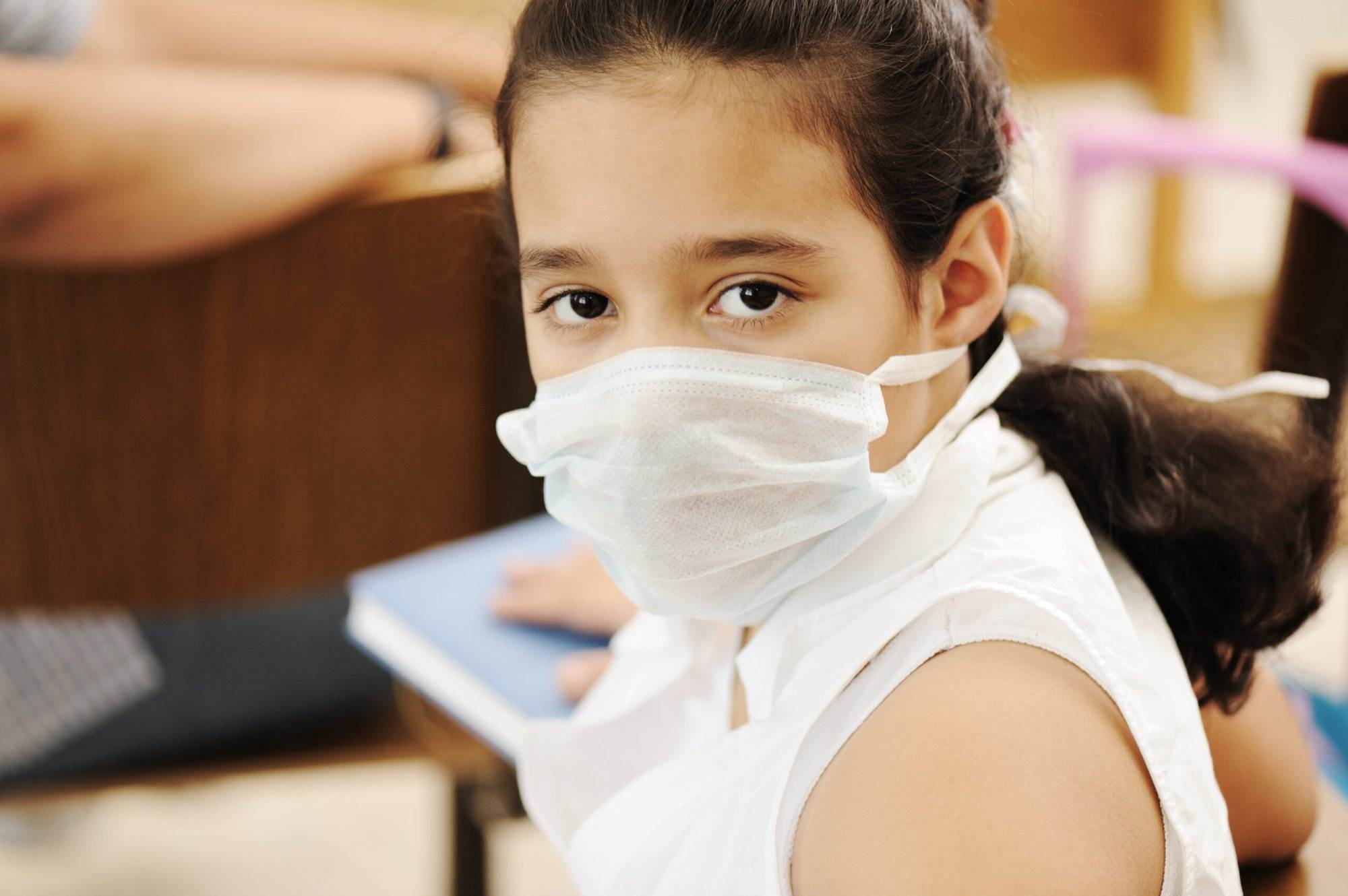As we navigate through the post-pandemic world, it’s crucial that we prioritize cleanliness and hygiene. With the COVID-19 pandemic still looming over us, it’s essential to understand the importance of updated cleaning protocols in preventing the spread of this deadly virus. In this blog post, we will discuss the evolution of post-pandemic cleaning practices and how you can evolve your own cleaning practices for long-term success.
Understanding the New Normal: Updated Standards for Surface Cleaning and Disinfectant Use
The new normal is all about being proactive when it comes to cleaning and disinfecting surfaces. It’s no longer enough to simply wipe down a surface with a cloth; instead, we need to use proper disinfectants and follow specific guidelines to ensure maximum effectiveness. According to the Centers for Disease Control and Prevention (CDC), cleaning products should be EPA-registered as effective against viruses like COVID-19. Additionally, they recommend using a diluted solution of bleach and water to disinfect hard surfaces. By following these guidelines, you can help reduce the risk of cross-contamination and keep your space cleaner than ever before.
From Survival Mode to Sustainability: Evolving Your Cleaning Practices for Long-Term Success
Now that we have an understanding of the new normal, it’s time to evolve our cleaning practices for long-term success. This means moving beyond just survival mode and focusing on sustainable solutions that will benefit both ourselves and the environment. One way to do this is by implementing green cleaning methods such as using natural cleaning agents like vinegar or baking soda. Another approach is to invest in high-quality cleaning equipment like microfiber mops and vacuums that are designed to pick up even the smallest particles. By making small changes like these, you can create a more sustainable cleaning routine while also reducing your carbon footprint.
A Deeper Dive into High-Touch Areas: Prioritizing Critical Spaces for Maximum Impact
When it comes to post-pandemic cleaning, it’s critical to focus on high-touch areas where germs are most likely to thrive. These include spaces like door knobs, light switches, and restroom facilities. To prioritize these critical spaces, start by identifying them within your own workplace or home. Once identified, make sure to dedicate extra attention to these areas during each cleaning session. You may want to consider using color-coded cleaning tools to ensure that these areas receive specialized attention.

Building a Culture of Cleanliness: Educating Employees, Customers, and Visitors on Best Practices
Finally, building a culture of cleanliness involves educating employees, customers, and visitors on best practices. This includes everything from handwashing techniques to proper respiratory etiquette. Consider creating visual aids like posters or infographics to display around your space. You may also want to provide training sessions or educational materials to help reinforce these important messages.
Conclusion: Moving Forward with Confidence in Your Cleaning Protocols
In conclusion, evolving your cleaning practices for long-term success requires a combination of updated standards, sustainable solutions, and education. By prioritizing high-touch areas, building a culture of cleanliness, and staying informed on the latest updates in post-pandemic cleaning protocols, you can move forward with confidence knowing that you’re doing everything possible to protect yourself and those around you.

